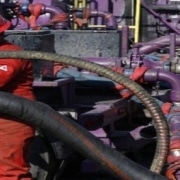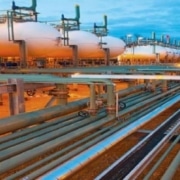“Watch for much higher global crude runs in the final months of the year as refineries pump out supplies to meet [marine fuel specification] changes for January 1. Let’s talk more about the current falling oil prices.
Overwhelmingly bearish economic sentiment has sent oil prices spiraling down. Moreover, persistent cuts in demand growth forecasts are indicative of further downside risk.
The oil markets, however, could find some support in the near future to medium term from a demand spike by tighter marine fuel speculations. It is by the International Maritime Organization (IMO) that are set to kick in on 1 January 2020.
Front-month ICE Brent futures fall to 22%. It is from their 2019 high of $74.50/barrel seen in late April to $58/barrel in mid August. According to S&P Global Platts Analytics, Brent prices are some $10/parrel below where fundamentals indicate they should be.
Expected to shift global diesel/gas oil demand higher by around 1.5 million b/d in the fourth quarter of 2019 and first half of 2020, Platts Analytics estimates.
Supply, on the other hand, looks strong despite OPEC’s large production cuts and continued losses from Venezuela and Iran.
Read the full article here
Source: Energy World
If you have further questions about falling oil prices, reach out to us here.










